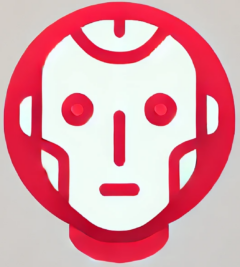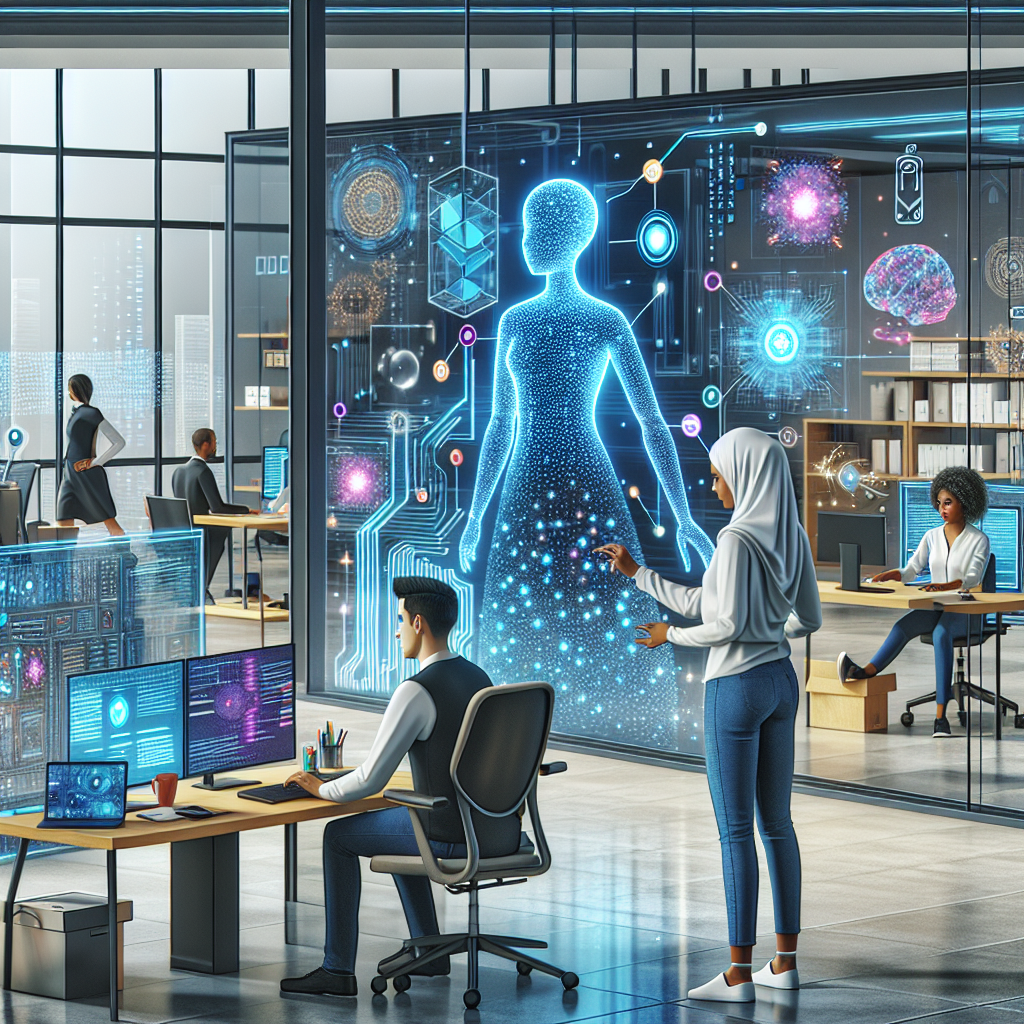AI and Humans Transform Workplaces
The dawn of the digital age has marked a shift in how industries operate across the globe. As technological advancements accelerate, one of the most notable developments has been the integration of artificial intelligence (AI) into everyday work environments. This integration isn’t just about robots replacing humans, but rather about creating a new symbiotic relationship where AI and humans work hand in hand. This complex partnership is poised to redefine productivity and innovation in the workplace by 2025.
The Evolving Role of AI in the Workplace
AI has transitioned from a niche technology into a crucial element of business strategy. It has seeped into various domains, offering capabilities that enhance efficiency and precision. In sectors like finance, healthcare, and logistics, AI’s influence has become particularly profound. For instance, AI algorithms can now analyze vast datasets more efficiently than any human, providing insights and recommendations that would otherwise remain hidden.
Moreover, the adoption of AI applications has allowed for the automation of mundane and repetitive tasks, which liberates human workers to focus on more critical and creative functions. This transition not only boosts productivity but also enhances job satisfaction, as employees can engage in work that is more aligned with their skills and interests.
AI’s Transformative Potential
AI is reshaping traditional roles:
- Customer Service: AI chatbots and virtual assistants are providing instant support and solutions to customers, enhancing the user experience.
- Manufacturing: AI-driven robots are taking over assembly lines, ensuring precision and freeing human workers for higher-complexity tasks.
- Retail and Supply Chain: Predictive analytics powered by AI improve inventory management and streamline logistics operations.
The Human Factor: Why Humans Are Irreplaceable
While AI is exceptional at processing data and performing automated tasks, it lacks the capacity for critical human skills such as empathy, ethical reasoning, and creative problem-solving. These qualities remain uniquely human assets that cannot be replicated by machines. Consequently, businesses recognize the importance of fostering environments where humans and AI can collaborate effectively.
Human intuition and decision-making are crucial in scenarios where human emotions and cultural understanding are vital. Leadership, team dynamics, and strategic planning require the depth of understanding that currently only human insight can provide. Thus, while AI can offer data-driven suggestions, the ultimate decision-making still rests on human shoulders.
The Future: Building a Symbiotic Relationship
To harness the full potential of this AI-human partnership, organizations must focus on strategies that promote this collaboration. Businesses need to invest in training and reskilling programs that prepare their workforce for this evolving landscape. By empowering employees with the digital skills they need, companies can ensure a seamless integration of AI tools into daily operations.
Additionally, fostering a culture of innovation and openness to technological change is paramount. Organizations should encourage a mindset that views AI as a collaborative tool rather than a threat, which can bolster innovation and productivity.
Conclusion
The journey towards 2025 will see even more profound changes as AI continues to transform workplaces. By embracing a dual approach that combines the strengths of both AI and humans, businesses can unlock unprecedented efficiencies and innovation. This partnership heralds a promising future where AI serves as an enabler, allowing human potential to reach new heights. In this new world of work, the collaboration between AI and humans will not just transform workplaces, but redefine the very essence of work itself.

